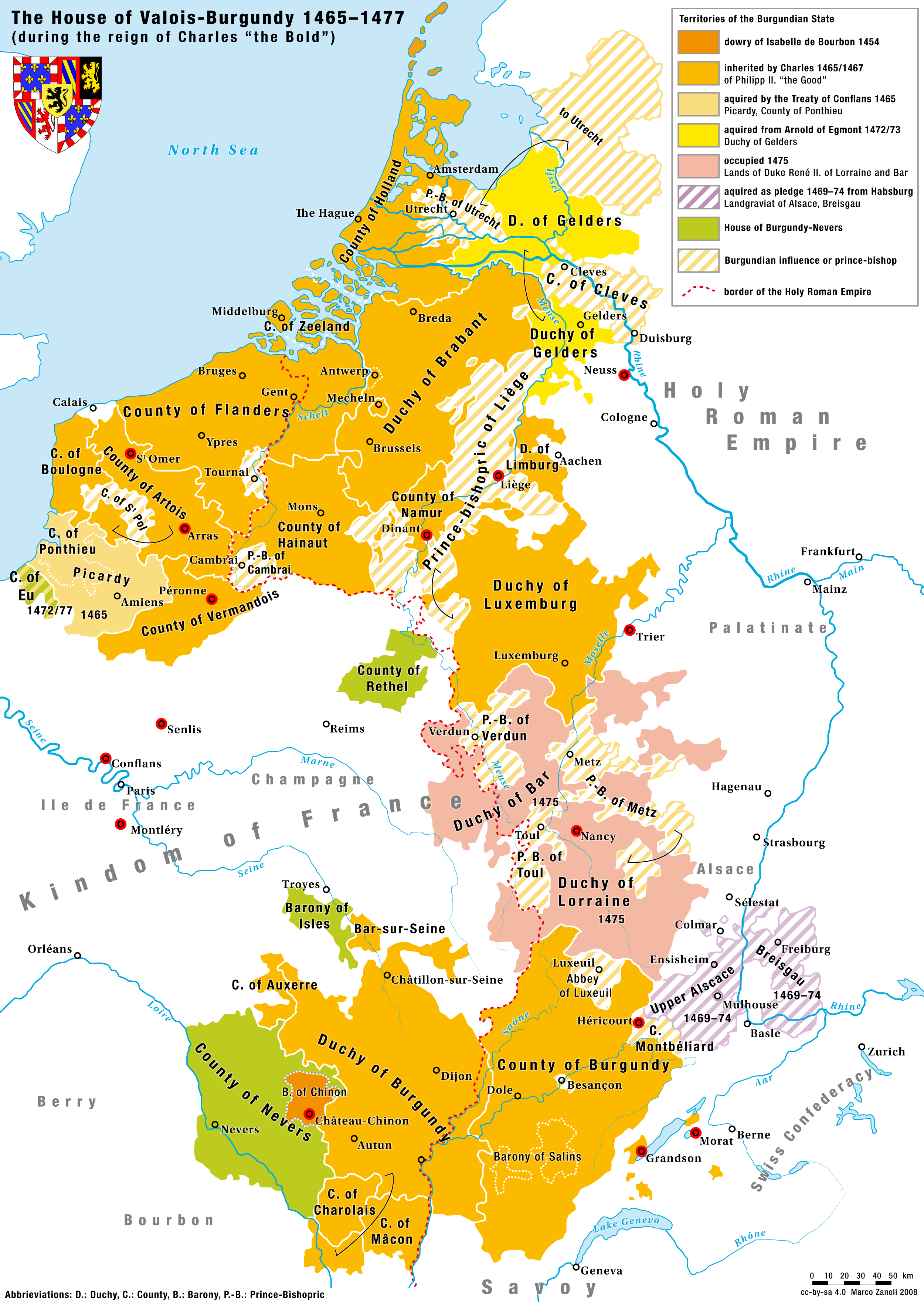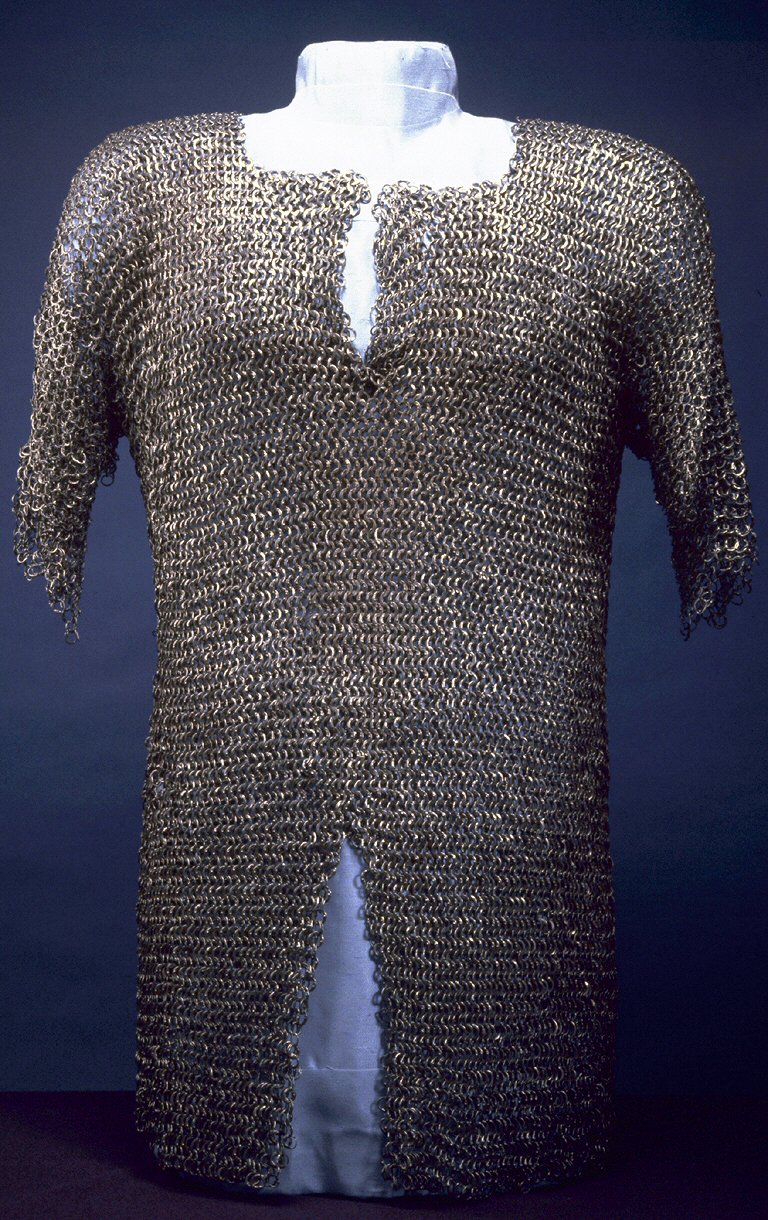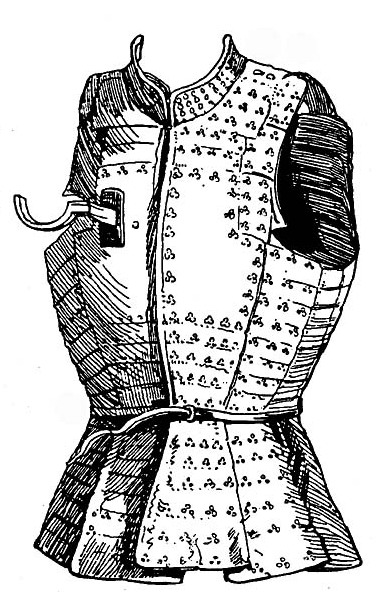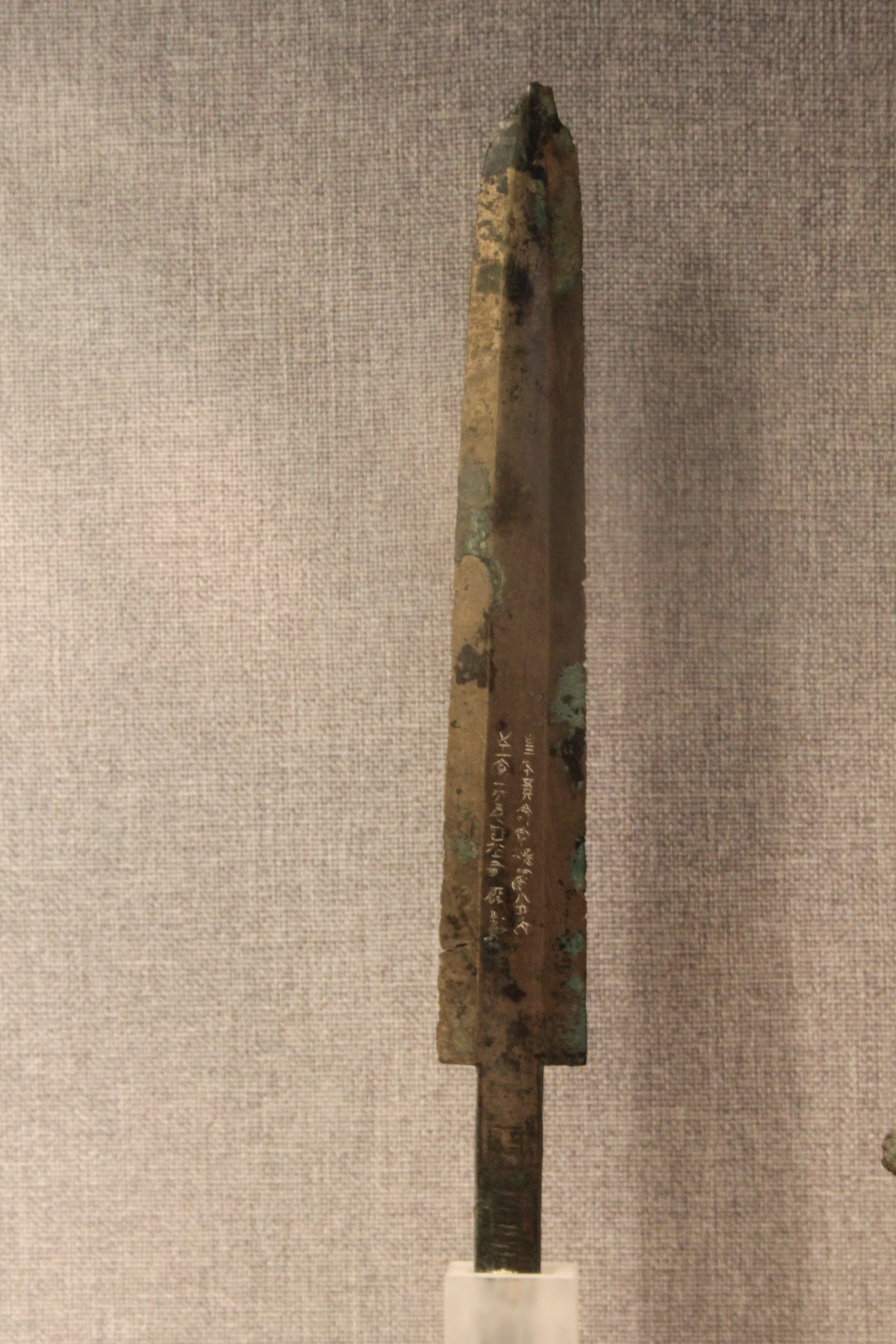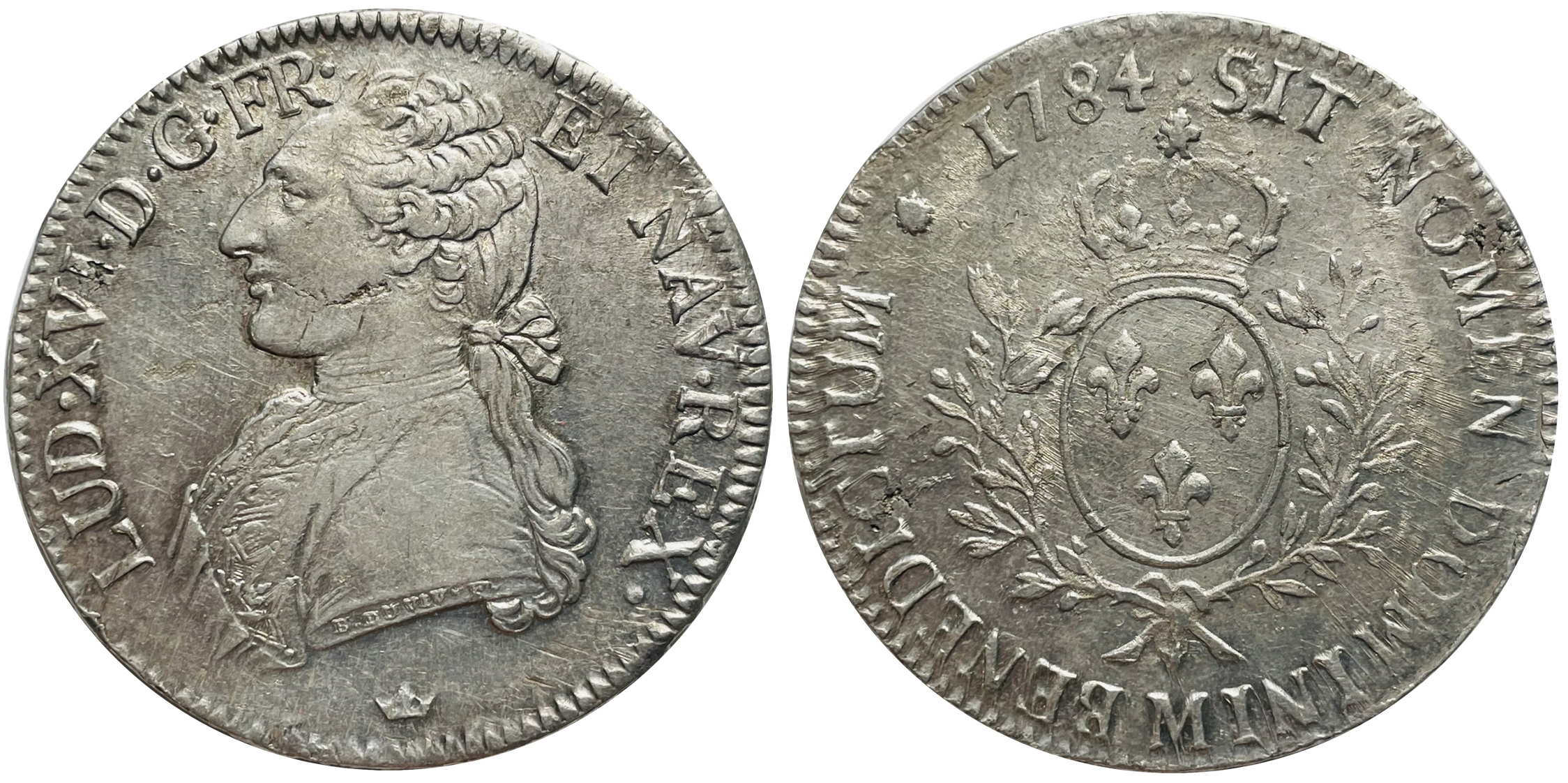|
Coustillier
The coutilier (also coutillier, coustillier) was a title of a low-ranking professional soldier in Medieval French armies. A coutilier was a member of the immediate entourage of a French knight or a squire called lances fournies. The presence of the coutilier is first recorded in a French Ordinance of 1445. The coutilier also had a place in the Burgundian army of Charles the Bold, being described in detail the military regulations of 1473. Coutiliers are also mentioned in the Breton military regulations of March 1450. Equipment The name ''coutilier'' seems to derive from their being equipped with a long knife or short sword called a ''coustille''. According to Ewart Oakeshott, the term originally meant a type of infantryman or brigand. However, by the time detailed descriptions appear in the mid-15th century, the coutilier is clearly a lightly armoured horseman. A French coutilier of 1446 was equipped with a helmet, leg armour, a haubergeon, Jack of plate, jack or brigandine, a da ... [...More Info...] [...Related Items...] OR: [Wikipedia] [Google] [Baidu] |
Lances Fournies
The lance fournie (French: "equipped lance") was a medieval equivalent to the modern army squad that would have accompanied and supported a man-at-arms (a heavily armoured horseman popularly known as a "knight") in battle. These units formed companies under a captain either as mercenary bands or in the retinue of wealthy nobles and royalty. Each lance was supposed to include a mixture of troop types (the men-at-arms themselves, lighter cavalry, infantry, and even noncombatant pages) that would have guaranteed a desirable balance between the various components of the company at large; however, it is often difficult to determine the exact composition of the lance in any given company as the available sources are few and often centuries apart. A lance was usually led and raised by a knight in the service of his liege, yet it is not uncommon in certain periods to have a less privileged man, such as a serjeants-at-arms, lead a lance. More powerful knights, also known as a knight bann ... [...More Info...] [...Related Items...] OR: [Wikipedia] [Google] [Baidu] |
Coustillier (NYPL B14896507-1235304)
The coutilier (also coutillier, coustillier) was a title of a low-ranking professional soldier in Medieval French armies. A coutilier was a member of the immediate entourage of a French knight or a squire called lances fournies. The presence of the coutilier is first recorded in a French Ordinance of 1445. The coutilier also had a place in the Burgundian army of Charles the Bold, being described in detail the military regulations of 1473. Coutiliers are also mentioned in the Breton military regulations of March 1450. Equipment The name ''coutilier'' seems to derive from their being equipped with a long knife or short sword called a ''coustille''. According to Ewart Oakeshott, the term originally meant a type of infantryman or brigand. However, by the time detailed descriptions appear in the mid-15th century, the coutilier is clearly a lightly armoured horseman. A French coutilier of 1446 was equipped with a helmet, leg armour, a haubergeon, jack or brigandine, a dagger, sword a ... [...More Info...] [...Related Items...] OR: [Wikipedia] [Google] [Baidu] |
Knight
A knight is a person granted an honorary title of a knighthood by a head of state (including the pope) or representative for service to the monarch, the church, or the country, especially in a military capacity. The concept of a knighthood may have been inspired by the ancient Greek '' hippeis'' (ážąÏÏÎĩáŋÏ) and Roman ''equites''. In the Early Middle Ages in Western Christian Europe, knighthoods were conferred upon mounted warriors. During the High Middle Ages, a knighthood was considered a class of petty nobility. By the Late Middle Ages, the rank had become associated with the ideals of chivalry, a code of conduct for the perfect courtly Christian warrior. Often, a knight was a vassal who served as an elite fighter or a bodyguard for a lord, with payment in the form of land holdings. The lords trusted the knights, who were skilled in battle on horseback. In the Middle Ages, a knighthood was closely linked with horsemanship (and especially the joust) from its orig ... [...More Info...] [...Related Items...] OR: [Wikipedia] [Google] [Baidu] |
Squire
In the Middle Ages, a squire was the shield- or armour-bearer of a knight. Boys served a knight as an attendant, doing simple but important tasks such as saddling a horse or caring for the knight's weapons and armour. Terminology ''Squire'' is a shortened version of the word ''esquire'', from the Anglo-French itself meaning ("shield bearer"). Other terms include ''scutifer'' and the Latin ("arms bearer"). Use of the term evolved over time. Initially, a squire could be a knight's servant that fought with his lord. It could also refer to sub-knightly Men-at-Arms and was used interchangeably with valet. Over time it referred to a broad social class of men, just below the rank of knight. Eventually, a lord of the manor might come to be known as a "squire". Duties A squire was typically a young boy, training to become a knight. A boy became a page Page most commonly refers to: * Page (paper), one side of a leaf of paper, as in a book Page, PAGE, pages, or paging may also ... [...More Info...] [...Related Items...] OR: [Wikipedia] [Google] [Baidu] |
Charles The Bold
Charles Martin (10 November 1433 â 5 January 1477), called the Bold, was the last duke of Burgundy from the House of Valois-Burgundy, ruling from 1467 to 1477. He was the only surviving legitimate son of Philip the Good and his third wife, Isabella of Portugal. As heir and as ruler, Charles vied for power and influence with rivals such as his overlord, King Louis XI of France. In 1465 Charles led a successful revolt of Louis's vassals in the War of the Public Weal. After becoming the Duke of Burgundy in 1467, Charles pursued his ambitions for a kingdom, independent from France, that would stretch contiguously from the North Sea in the north to the borders of Savoy in the south. For this purpose, he acquired Guelders and Upper Alsace; sought the title King of the Romans; and gradually became an enemy of the Germans. Charles married Margaret of York for an English alliance. He arranged the betrothal between his sole child, Mary, with Maximilian of Austria. A passiona ... [...More Info...] [...Related Items...] OR: [Wikipedia] [Google] [Baidu] |
Ewart Oakeshott
Ronald Ewart Oakeshott (25 May 1916 â 30 September 2002) was a British illustrator, collector, and amateur historian who wrote prodigiously on medieval arms and armour. He was a Fellow of the Society of Antiquaries, a Founder Member of the Arms and Armour Society, and the Founder of the Oakeshott Institute. He created a classification system of the medieval sword, the Oakeshott typology, a systematic organization of medieval weaponry. Biography Ronald Ewart Oakeshott was born in 1916. His uncle Jeffery Farnol wrote romance novels and swashbucklers and also had a collection of antique swords, through which the young Oakeshott became interested in swords. After leaving Dulwich College, Oakeshott studied at the Central School of Art in London. He worked at Carlton Studios and at A.E. Johnson Ltd as a commercial artist, while still being interested in collecting arms and armour. During the 1930s and 1940s, antique swords could still be acquired relatively cheaply and Oakeshot ... [...More Info...] [...Related Items...] OR: [Wikipedia] [Google] [Baidu] |
Haubergeon
A hauberk or byrnie is a Chain mail, mail shirt. The term is usually used to describe a shirt reaching at least to mid-thigh and including sleeves. A haubergeon ("little hauberk") refers to a smaller mail shirt, that was sometimes sleeveless, but the terms are occasionally used interchangeably. Mail armor, likely invented by the Celts, became widely adopted for its flexibility and spread throughout Europe and Asia, becoming a staple in Roman legion, Roman legions and medieval warfare. By the 11th century, the hauberk evolved into a knee-length, sleeved mail shirt, as depicted in the Bayeux Tapestry and it remained in use in Europe until the Renaissance despite the rise of Plate armour, plate armor. Etymology The word ''hauberk'' () comes from the Old French word ''wiktionary:hauberc, hauberc'', meaning "coat of mail", which originally derived from the earlier Frankish language, Frankish or similar Germanic languages, Germanic word ''wiktionary:halsberg, halsberg'', literally tran ... [...More Info...] [...Related Items...] OR: [Wikipedia] [Google] [Baidu] |
Jack Of Plate
A jack of plate is a type of armour made up of small iron plates sewn between layers of felt and canvas. They were commonly referred to simply as a "jack" (although this could also refer to any outer garment). This type of armour was used by common Medieval European soldiers as well as by the rebel peasants known as Jacquerie. The present day equivalent is perhaps a bullet-proof vest. Similarities with the brigandine The jack is similar to the brigandine. The main difference is in the method of construction: a brigandine is riveted whereas a jack is sewn. Jacks of plate were created by stitching as many as 1000 small overlapping squares of iron between two canvases. The garments weighed about . They also offered a tactical advantage: they allowed soldiers to rest the butts of weapons firmly against their shoulders, which wasn't feasible with smooth-surfaced plate armours. Unlike plate they made no attempt to be bulletproof. Jacks were often made from recycled pieces of ol ... [...More Info...] [...Related Items...] OR: [Wikipedia] [Google] [Baidu] |
Brigandine
A brigandine (sometimes spelled "brigantine"), also called a brigander, is a form of body armour, in use from the late Middle Ages and up to the early modern era. It is a garment typically made of heavy cloth, canvas, or leather, featuring small oblong steel plates riveted to the fabric such that the fabric and rivets present on the outside, sometimes with a second layer of fabric on the inside. Origins Protective clothing and armour have been used by armies from earliest recorded history; the King James Version of the Bible (Jeremiah 46:4) translates the Hebrew , or , "coat of mail" as "brigandine". Medieval brigandines were essentially a refinement of the earlier coat of plates, which developed in the late 12th century. These were typically of simpler construction with larger metal plates. This new armour became very popular in Eastern Europe, especially in Hungary, towards the end of the 13th century and was adopted in western Europe several decades later. Early brigan ... [...More Info...] [...Related Items...] OR: [Wikipedia] [Google] [Baidu] |
Demi-lance
The English term lance is derived, via Middle English '' launce'' and Old French '' lance'', from the Latin '' lancea'', a generic term meaning a wikt:lancea#Noun">lancea'', a generic term meaning a spear">wikt:lancea#Noun">lancea'', a generic term meaning a spear or javelin employed by both infantry">spear or javelin">spear">wikt:lancea#Noun">lancea'', a generic term meaning a spear or javelin employed by both infantry and cavalry, with English initially keeping these generic meanings. It developed later into a term for spear-like weapons specially designed and modified to be part of a "weapon system" for use couched under the arm during a charge, being equipped with special features such as grappers to engage with lance rests attached to breastplates, and vamplates, small circular plates designed to prevent the hand sliding up the shaft upon impact. These specific features were in use by the beginning of the late 14th century. Though best known as a military and sporting ... [...More Info...] [...Related Items...] OR: [Wikipedia] [Google] [Baidu] |
Voulge
A voulge (also spelled vouge, sometimes called a couteau de breche) is a type of polearm that existed in medieval Europe, primarily in 15th century France. Description A voulge would usually have a narrow single-edged blade (sometimes with a secondary edge on the back) mounted with a socket on a shaft. The weapon could additionally feature shaft reinforcements called langets and rondel protection for the hands at the base of the blade. Troops that used the weapon are called voulgiers. It is a weapon noted to have been used by the Franc-Archers and is also depicted in artwork of their creation. There is a popular erroneous definition of the word voulge in modern times, which refers to a pointy cleaver-like weapon blade attached to the shaft with two hoops like a bardiche. This definition is incorrect and started in the 19th century with Viollet le Duc, and the weapon in question is an early form of halberd A halberd (also called halbard, halbert or Swiss voulge), is a two-ha ... [...More Info...] [...Related Items...] OR: [Wikipedia] [Google] [Baidu] |
ÃĐcu
The term ''ÃĐcu'' () may refer to one of several France, French coins. The first ''ÃĐcu'' was a gold coin (the ''ÃĐcu d'or'') minted during the reign of Louis IX of France, in 1266. The value of the ''ÃĐcu'' varied considerably over time, and silver coins (known as ''ÃĐcu d'argent'') were also introduced. ''Ãcu'' (from Latin ''scutum'') means shield, and the coin was so called because its design included the coat of arms of France. The word is related to the Catalan language, Catalan ''escut'', Italian language, Italian ''scudo (other), scudo,'' or Portuguese language, Portuguese and Castilian language, Castilian ''escudo''. In English, the ''ÃĐcu'' was often referred to as the crown, or the French crown in the eras of the crown (English coin), English crown, crown (British coin), British crown, and crown (currency), other crowns. History Origin When Louis IX took the throne, France still used small silver French denier, deniers (abbreviated ''d''.), which had circula ... [...More Info...] [...Related Items...] OR: [Wikipedia] [Google] [Baidu] |


